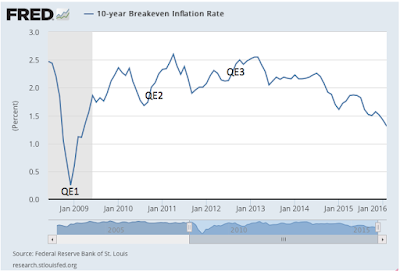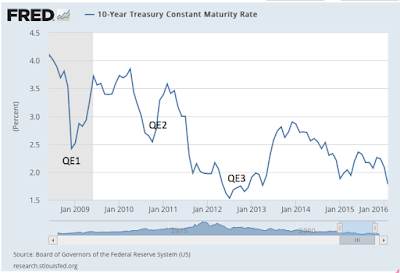While the ECB and Bank of Japan are exploring negative interest rates, the US Federal Reserve is preparing us for a slow and cautious increase in short-term interest rates. Long-term rates remain at very low levels and inflation expectations have come under pressure and also remain below what they were a few months or years ago. And as this is going on markets are trying to figure out if they like low or high interest rates. And even if they decide that they like low rates, are negative rates too low?
In all these debates there seems to be an unusual amount of what economists call money illusion or lack of understanding of the difference between nominal and real interest rates. This confusion, in my view, is partly motivated by the communication strategy of central banks that seem to obsess with the asymmetric nature of their inflation targets (for both the ECB and US Fed, inflation targets are defined as close but below 2%) and are not clear enough on their final goal and its timing.
How do we want interest rates to react to aggressive monetary policy? The common answer is that we want interest rates to go down. This is correct if we think in real terms: given inflation expectations (or actual inflation), we want interest rates to move down relative to those inflation levels. But in some cases, in particular when inflation expectations are lower than what central banks would like them to be, the central bank by being aggressive is targeting higher inflation expectations and this can possibly lead to higher nominal (long-term) interest rates.
This is what happened in the three rounds of quantitative easing by the US Federal Reserve. 10-Year interest rates went up which was a signal of increasing inflation expectations (and even higher expectations of future real interest rates). This was seen as a success.


But the behavior of long-term interest rates or inflation expectations in response to recent communications by central banks has gone in the opposite direction. Long-term rates have come down (in particular in the Euro area). But don’t we want lower interest rates? Isn’t this the objective of massive purchases of long-term assets by central banks? Yes if we talk about real interest rates but not obvious if we talk about nominal ones. What we really want is inflation expectations (and inflation) to increase and this is likely to keep long-term interest rates from falling so much.









Leave A Comment